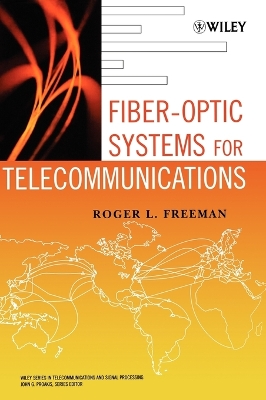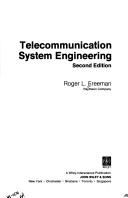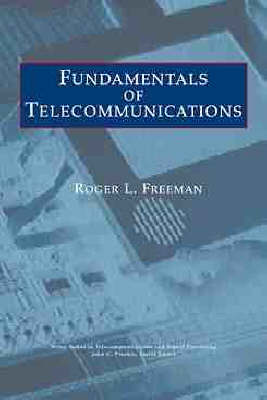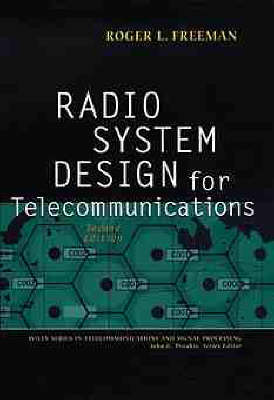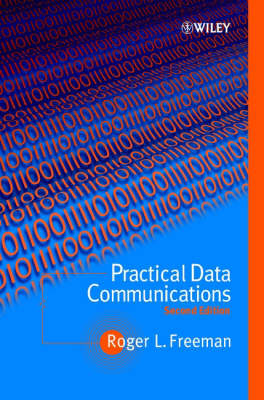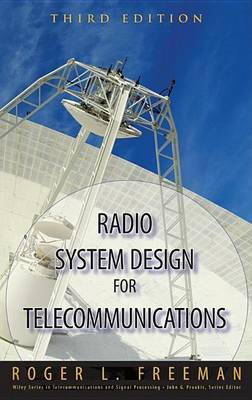Wiley Series in Telecommunications and Signal Processing
5 primary works • 9 total works
Book 38
Book 56
Book 82
Book 92
Written for the layperson as well as newcomers to the field, this primer: Assumes no mathematical or technical know-how on the part of the reader Introduces all topics from the ground up Clearly defines all terms, illustrating them with tangible examples Features review questions at the end of each chapter, designed to test understanding and reinforce comprehension Includes one hundred figures to highlight the text Reviews, in three appendices, the most rudimentary of mathematical and electrical concepts, as well as decibels and their applications Fundamentals of Telecommunications allows sales, marketing, and management personnel in the telecommunications industry to better understand the various technical and operational issues that come up in the course of their work. It also gives investors and financiers a basic reference to draw upon when dealing with clients in this rapidly evolving market.
Book 98
For example, Chapter 6 has added material on new traffic routing techniques in the national network, and network design and configurations from a Bellcore perspective, while Chapter 7 features new material on line-of-sight microwave systems and satellite communications. Chapter 8 covers the latest developments in digital loop carrier, SONET and SDH, and delta modulation, and Chapter 11 offers new information on TCP/IP and related protocols, as well as IBM system network architecture (SNA). Two entire chapters have been added on emerging broadband-data technologies and the asynchronous transfer mode (ATM). In addition, chapters have also been added on cellular/mobile radio and PCN/PCS and network management techniques. As in previous editions, the author approaches the information covered in a systematic and interactive way. Each chapter builds logically on the previous one, and the various disciplines are tied together with an eye toward combining them in the design of efficient and cost-effective telecommunication networks.
Telecommunication System Engineering, Third Edition remains an ideal reference source for telecommunications managers, technicians, and other practicing professionals as well as advanced students in telecommunications. Many changes have taken place in the field of telecommunications since the Second Edition of the popular and successful Telecommunication System Engineering was published in 1989. The Third Edition marks a major and groundbreaking revision of what is already a widely used and highly acclaimed text. As in previous editions, the author presents intertwining disciplines in a systematic and interactive way. To reflect recent developments in the field, the author has added chapters on such vital topics as cellular radio, asynchronous transfer mode, broadband technologies, and network management.
Contents of the Third Edition include: Some Basics in Conventional Telephony Local Networks Conventional Analog Switching in Telephony Signaling for Analog Telephone Networks Introduction to Transmission for Telephony Long-Distance Networks The Design of Long-Distance Links Digital Transmission Systems Digital Switching and Networks Introduction to Data Communications Data Networks and Their Operation Local Area Networks Integrated Services Digital Networks Emerging Broadband Data Technologies The Asynchronous Transfer Mode and Broadband ISDN CCITT Signaling System No. 7 Cellular/Mobile Radio and PCN/PCS Network Management

